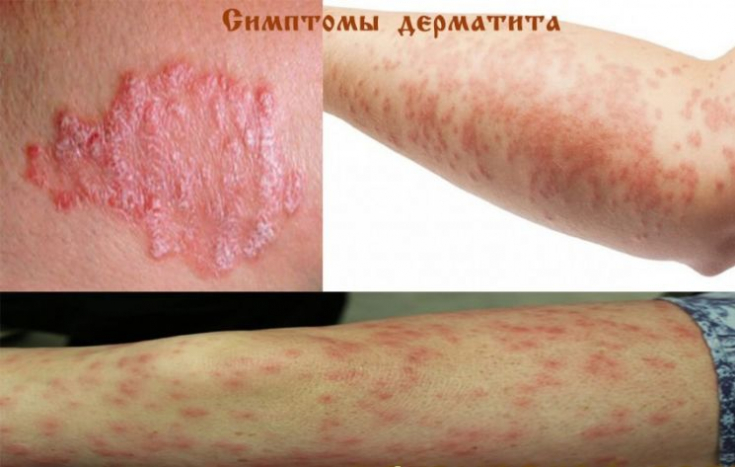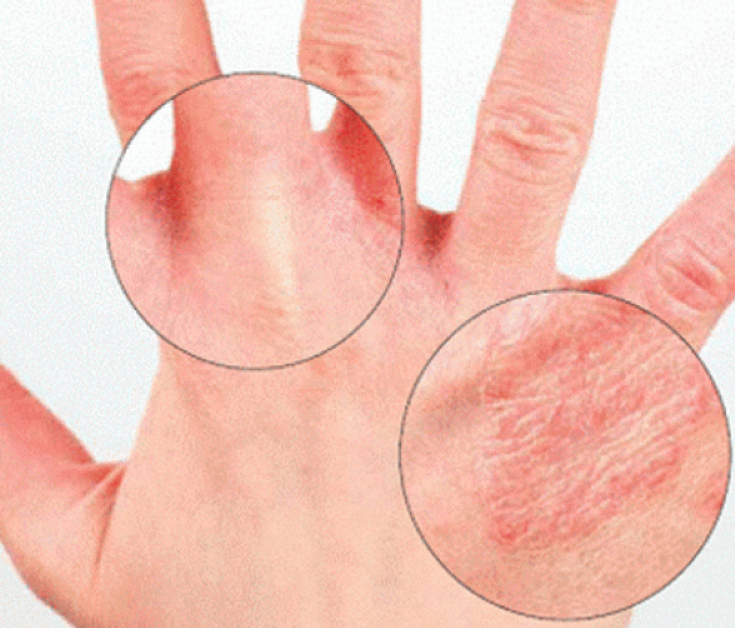Chronic itching is a common symptom in medical practice and occurs in many dermatological and systemic diseases.
Its significant prevalence causes a significant problem for public health authorities and negatively affects the quality of life of patients. This article focuses on the symptoms of itching, not the disease.
Because many diseases can cause this symptom, there is no single approach to its treatment. Each of the forms of itching should be considered separately. What is itching and what symptoms can accompany chronic itchy skin?
Definition and classification of chronic itchy skin
In many areas of medicine, physicians encounter patients suffering from chronic itching..
Itching is a sensation that makes you want to itch. The concepts of "itching of unknown etiology" should be avoided as the mechanism of pruritus remains unknown in most clinically established forms of pruritus.
Somatoform pruritus – it is an itch in which mental and psychosomatic factors play a decisive role in its initiation, determine the intensity of the itch, as well as its increase and persistence. For the diagnosis of this form, it is better to use positive and negative diagnostic criteria.
Follow us on Instagram!
According to the IFSI classification, the etiology of chronic pruritus can be:
• I - dermatological;
• II - system;
• III - neurological;
• IV - somatoform;
• V - mixed etiology;
• VI - other.
Epidemiology of chronic pruritus and incidence
According to preliminary estimates, about 60% of older patients (> 65 years) suffer from intermittent moderate to severe itching on a weekly basis. It is called senile itch, or itch of the elderly. Furthermore, itching has been found to be closely associated with chronic pain.

Recent studies have shown that the incidence of chronic pruritus in a given period of time is 13.5% in the general adult population. When screening for the detection of oncological diseases, chronic itching is determined in & nbsp; 16.8% of cases.
Current options for the treatment of chronic pain in the outpatient setting
HZ can be caused by both dermatological and systemic diseases, emphasizes estet-portal.com. However, in 8-15% of patients, the root cause of itching remains unknown. The frequency of chronic itching in patients with primary rashes depends on the disease that caused it.
Clinical picture of chronic itching in various diseases
Chronic pruritus can often be observed in patients with dermatoses with primary skin involvement and in systemic diseases without initial skin involvement.
In systemic diseases, the skin may remain intact or damaged as a result of scratching or friction. In this case, the diagnosis may be difficult.
Let's take a closer look at what systemic diseases and conditions can provoke chronic skin itching.
Chronic itching in kidney diseases. The pathophysiology of CKD-associated pruritus is still unknown.
Mechanisms that cause it include direct metabolic factors, among which the likely candidates are increased concentrations of divalent ions (calcium, magnesium), parathyroid hormone (PTH), histamine and tryptase, peripheral and central nerve dysfunction, recruitment of opioid receptors (μ - and κ- receptors), as well as xerosis of the skin (dryness). New evidence suggests a possible role for microinflammation, which is quite common in uremia.
Causes of xerosis of the skin: why the skin becomes dry

Chronic itching in liver disease. Itching is a common symptom in patients with cholestasis (due to mechanical obstruction), metabolic disorders, or inflammatory diseases. Cholestatic pruritus can be quite pronounced, and in some cases may predate the diagnosis, such as PBC, by several years. Hepatic pruritus is often generalized, characterized by involvement of the palms and soles.
Among patients with hyperthyroidism and diabetes mellitus, itching occurs in less than 10%. With hypothyroidism, itching is more likely due to dry skin. Patients with primary hyperparathyroidism often complain of itching. The pathophysiology of pruritus in primary hyperparathyroidism is still unknown. These patients are often deficient in vitamin D and minerals (zinc, etc.), which may lead to chronic disease. Iron deficiency is often associated with pruritus, the mechanism of which is unknown. Excess iron (with hemochromatosis) can cause chronic disease.
How to detect iron metabolism disorders
Chronic pruritus associated with malignant neoplasms. Some malignant neoplasms, including tumors, bone marrow diseases, and lymphoproliferative disorders, may be accompanied by pruritus. In addition to the toxic products produced by the tumor itself, the underlying mechanism of itching is allergic reactions to the compounds that are released, as well as direct damage to the brain or nerves (in brain tumors). With polycythemia vera, more than 50% of patients complain of itching.
Some generalized infectious diseases are accompanied by itching. Furthermore, pruritic papular rashes or eosinophilic folliculitis may develop in HIV-infected patients.
Itching in neurological diseases.Multiple sclerosis, cerebral infarction, and brain tumors are rarely accompanied by itching. Localized pruritus is indicative of neurological causes such as compression of peripheral or central sensory nerves. This etiology of localized chronic pruritus can be observed in patients with postherpetic syndrome, paresthetic back pain, brachioradial pruritus, when there is a possibility of damage to the spinal cord. Read about the diagnosis and treatment of chronic itchy skin in our next article.
Specific symptoms in polycythemia







Add a comment